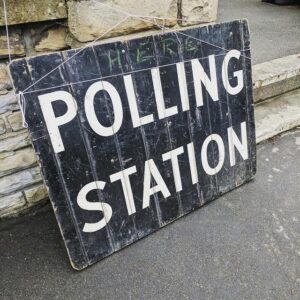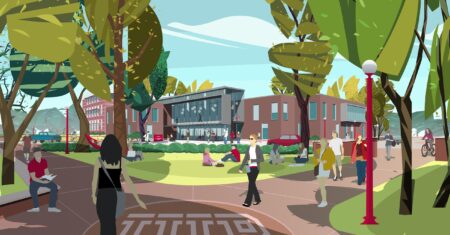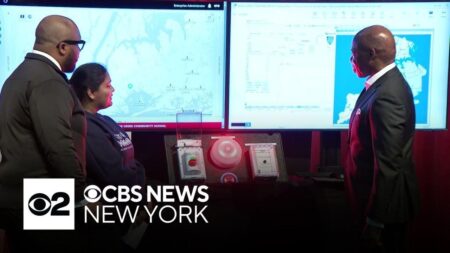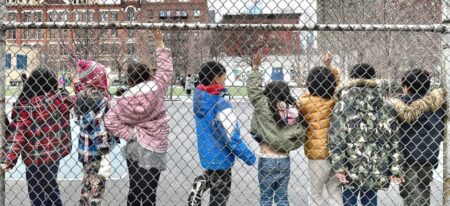Brooklyn Launches Innovative School for Students with Dyslexia and Learning Disabilities
Introducing Brooklyn’s Specialized School for Diverse Learners
This September, Brooklyn will welcome a groundbreaking educational facility dedicated to students with dyslexia and other learning disabilities. This new school is designed to fill the gaps left by conventional education systems by offering customized teaching strategies and a nurturing environment tailored to diverse cognitive needs. The institution’s mission centers on fostering academic achievement and social growth through personalized support and innovative resources.
Highlights of the school’s approach include:
- Intimate class sizes to maximize individual attention
- Expert teachers certified in learning disability interventions
- Use of multisensory instructional methods and adaptive learning technologies
- Comprehensive support services such as speech therapy and psychological counseling
- Active parental engagement programs to build a strong community network
| Program | Overview | Intended Participants |
|---|---|---|
| Literacy Workshop | Hands-on, multisensory reading exercises | Students diagnosed with Dyslexia |
| Tech-Enhanced Learning | Integration of assistive software and devices | All students with learning disabilities |
| Support Counseling | Emotional and academic support services | Students and their families |
Mayor Eric Adams Champions Inclusive Education in Brooklyn
In a recent announcement, Mayor Eric Adams revealed plans for this innovative Brooklyn school, emphasizing the city’s dedication to inclusive education. Opening this fall, the school is set to provide specialized resources and expert staff trained to meet the unique challenges faced by students with learning disabilities. This initiative is part of a broader effort to ensure equitable educational opportunities for all children.
Key components highlighted by the mayor include:
- Small, focused classroom settings for personalized learning
- State-of-the-art adaptive technology to support diverse learners
- Collaboration with occupational and speech therapy professionals
- Continuous professional training for educators to stay current with best practices
- Community outreach programs to raise awareness and foster support
| Initiative | Focus | Anticipated Outcome |
|---|---|---|
| Literacy Enhancement | Dyslexia Intervention | Higher reading proficiency |
| Technology Integration Lab | Assistive Learning Tools | Increased student engagement |
| Therapeutic Support | Speech and Occupational Therapy | Improved developmental skills |
Customized Curriculum and Progressive Teaching Techniques Drive Success
At the heart of this new Brooklyn school lies a curriculum thoughtfully crafted to accommodate various learning styles, particularly for students with dyslexia and related challenges. The program emphasizes multisensory learning—engaging visual, auditory, and tactile senses—to make education more accessible and stimulating. This method not only enhances literacy but also builds self-confidence and autonomy among students.
Educators employ evidence-based frameworks such as the Wilson Reading System and Structured Literacy approaches, supported by ongoing professional development to incorporate the latest research in special education. Additional features include:
- Small group instruction to provide focused support
- Assistive technologies that facilitate reading and writing tasks
- Collaborative learning spaces encouraging peer interaction and teamwork
- Regular assessments to monitor progress and adjust teaching strategies
| Methodology | Primary Advantage |
|---|---|
| Wilson Reading System | Structured, multisensory literacy instruction |
| Assistive Technology | Improved accessibility and engagement |
| Small Group Learning | Personalized attention and support |
| Ongoing Formative Assessments | Timely feedback for tailored interventions |
Experts Advocate for Expanded Resources and Community Collaboration
Leading specialists emphasize that enhancing educational outcomes for students with dyslexia and other learning disabilities requires a comprehensive strategy. This involves not only increased investment in specialized curricula and assistive technologies but also strengthening partnerships between schools, families, and local organizations. Research shows that access to tailored tools—such as phonemic awareness apps and trained interventionists—significantly boosts student engagement and comprehension.
Community involvement is equally vital in cultivating an environment conducive to learning. Recommended initiatives include:
- Regular training sessions for parents and caregivers to support learning at home
- Collaborations with nonprofits and mentorship programs to provide additional resources
- Student-led support groups to encourage peer mentorship and confidence building
| Resource | Benefit Area | Example |
|---|---|---|
| Assistive Technology | Reading and Writing Fluency | Speech-to-Text Applications |
| Professional Development | Teacher Skill Enhancement | Specialized Dyslexia Training |
| Community Engagement | Parental and Public Awareness | Educational Workshops and Seminars |
Conclusion: A New Chapter for Inclusive Education in Brooklyn
As Brooklyn’s new school opens its doors this fall, it marks a pivotal advancement in providing customized educational support for students with dyslexia and other learning disabilities. Mayor Eric Adams’ announcement highlights the city’s dedication to fostering inclusive learning environments where every student has the tools and support necessary to excel. This initiative is poised to become a model for how urban education systems can embrace diversity and empower all learners to reach their full potential.













